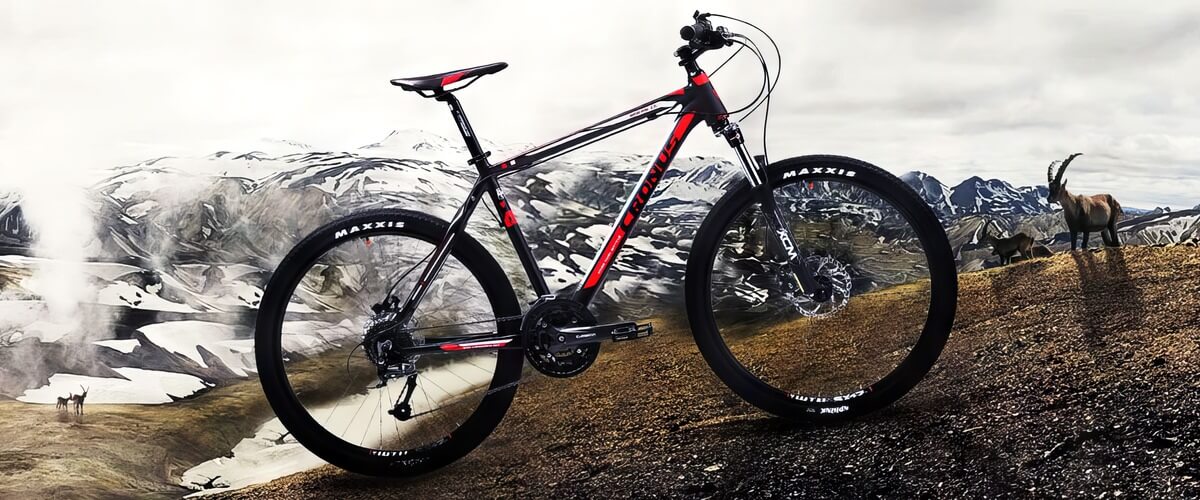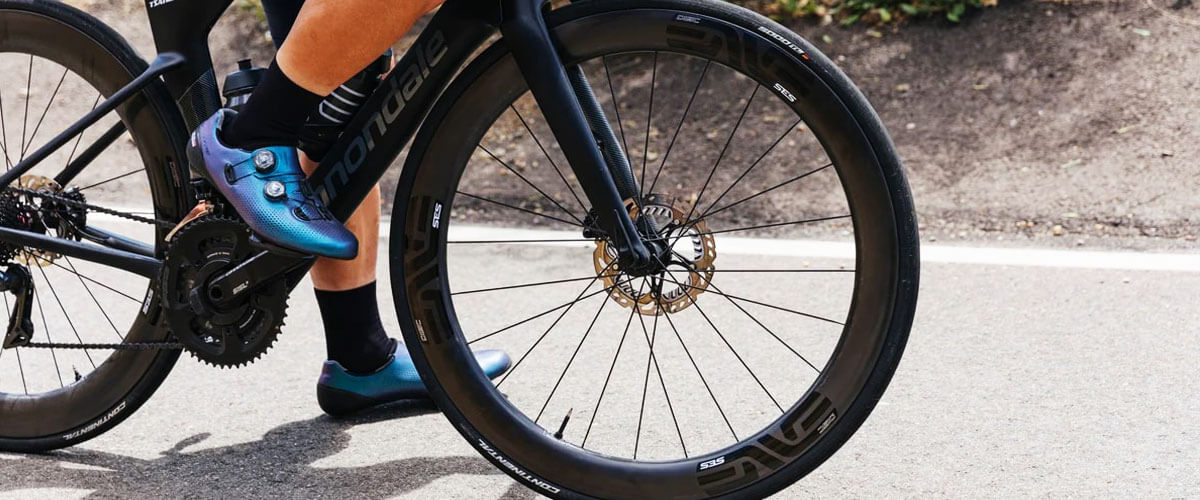How long do bike tires last? This question is a concern for many novice cyclists. You can expect to ride 3,000 miles, 4,000 miles, or 5,000 miles, but remember that all of these figures are only approximate. There are a number of factors, such as – riding conditions, the quality of the rubber, and the type of tire itself, as well as many others, that greatly affect the overall life of your tires. Below, we will discuss what is important to look out for and what are the signs that you should change the wheels on your bike.
Factors affecting bike tire longevity

So the life of bicycle tires varies greatly depending on the manufacturer’s brand, tire thickness and proper inflation pressure, how often the bike is used, and the rider’s weight. It’s also important to consider your riding style, the terrain you ride, and weather conditions, which can significantly shorten tire life.
Type of tire
Road tires, which provide a fast and smooth ride, are lighter and correspondingly less durable than mountain bike tires, designed to withstand heavy loads on various off-road terrains. For example, mountain bike tires can last 1,000 to 3,000 miles, while road tires have a shorter lifespan of 800 to 1,000 miles before they need to be replaced.
Rider’s weight and riding style
The load transferred by the rider’s weight, aggressive riding with sudden acceleration and braking, and stunt pirouettes will also bring you closer to replacing your bike tires.
Terrain and conditions
If the climatic conditions and riding surfaces of the area where you ride are too harsh, be prepared to have your wheels serviced regularly. In hot weather, prolonged exposure to UV rays can cause the rubber to deteriorate.
The condition of the road and how often you ride your bike also play an important role (riding on smooth sidewalks and roads in good condition will extend tread life), as long, paved trails are less aggressive on bicycle tires, while gravel and rough asphalt will wear your wheels more quickly.
For example, if you’re mountain biking on rocky trails, you’re more likely to damage your tires with sharp rock surfaces, and the projections on the tread are more likely to tear.
Tire pressure maintenance
Most people continue to ride their bikes without paying much attention to tire pressure, but this is extremely wrong. To ride your bike efficiently and comfortably, you need to maintain proper tire pressure because underinflated tires stick to the ground and reduce your bike’s performance, while overinflated tires lead to a stiffer and more uncomfortable ride and an increased risk of punctures.
Signs your bike tires need replacing

When to change bike tires? This is the most common question among cyclists. On average, you can expect to ride between 1,000 and 5,000 miles, but it all depends on a number of factors that I mentioned above. The manufacturer’s brand, your riding style, the tire’s age, and how your bike is stored all affect the “life” of your tires.
If you notice a lot of vibration while riding, if the tread pattern has become smooth and almost invisible, if there are individual cracks, wrinkles, or bubbles in the rubber – these are clear signs that you should replace the tires on your bike.
The next indicator that the tire’s rubber has aged and is more susceptible to damage is frequent punctures while driving and tread cuts. Regardless of the cause of the large number of cracks in your tires, it is recommended that you replace them as soon as possible.
Check your bicycle tires for dry rot, as well as the sidewalls for blistering or other damage that clearly indicates the tire is damaged and unsafe to use. Cracks in the sidewall of a tire are a common problem and indicate that the tire is aging.
Remember that a wise purchase, a careful attitude, regular inspections, and quality maintenance of your wheels will help to detect defects in time, repair damage, and thus ensure a long and safe life of bicycle tires.



